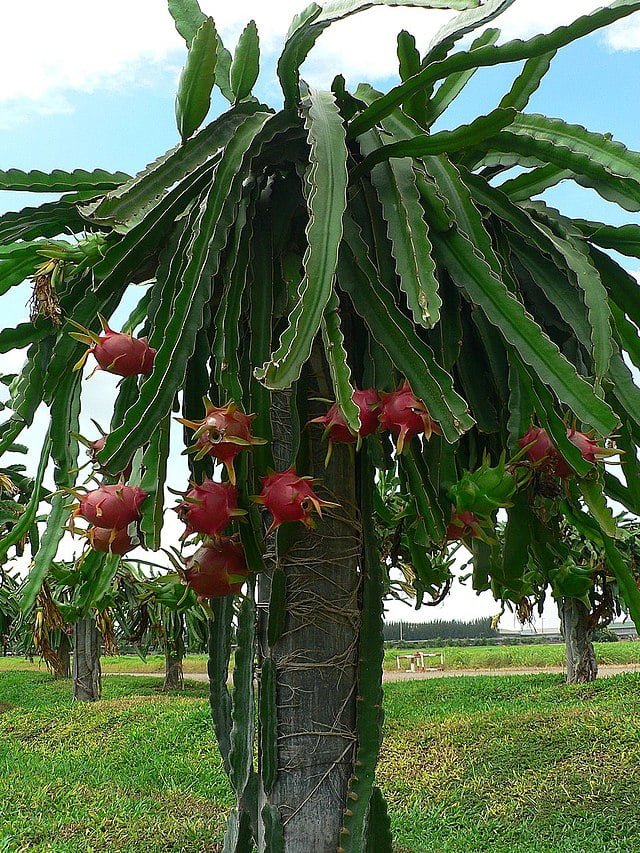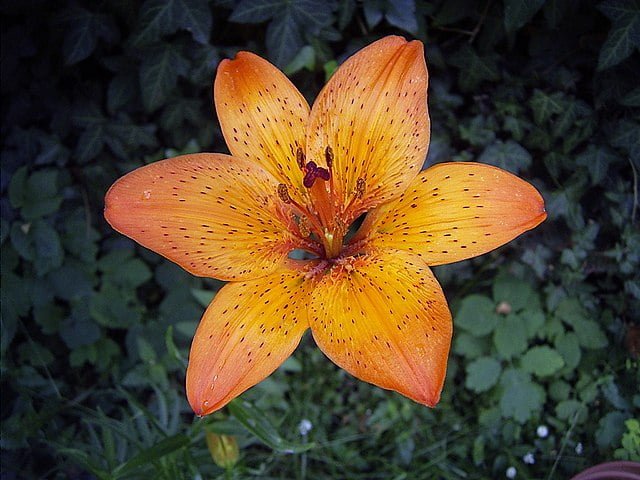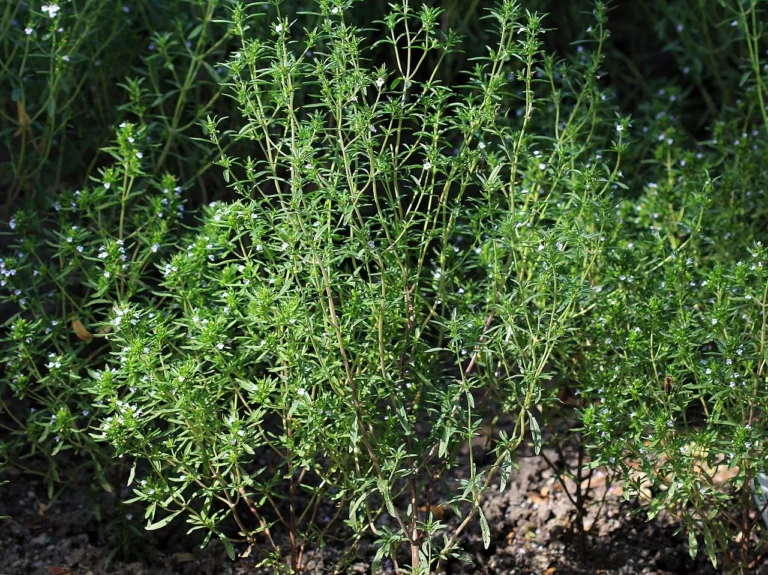Sorrel: A Gardener’s Guide to This Tangy Green
Sorrel, with its sharp, lemony flavour, is a perennial herb that deserves a spot in every culinary garden. Belonging to the genus Rumex, sorrel is valued for its ability to add a tangy kick to salads, soups, and sauces. Easy to grow and maintain, sorrel can provide a continuous harvest from early spring through fall, making it a versatile and valuable addition to your garden and kitchen. This comprehensive guide will walk you through the steps to successfully grow, care for, and harvest sorrel.
What is Sorrel?
Sorrel is a leafy green herb known for its bright, tart taste. There are several varieties, but the most commonly grown are garden sorrel (Rumex acetosa) and French sorrel (Rumex scutatus), with the former being larger and the latter offering a milder flavour. Sorrel’s vibrant green leaves can be harvested at various stages of growth, from tender young leaves perfect for salads to larger leaves that are great for cooking.
Planting Sorrel
- Choosing a Location: Sorrel thrives in full sun to partial shade and prefers well-drained soil rich in organic matter. It is a hardy plant that can tolerate a range of soil conditions but performs best in neutral to slightly acidic soil.
- When to Plant: Sorrel can be started from seeds, cuttings, or divisions. Plant seeds directly in the garden in early spring, as soon as the soil can be worked. For a head start, you can also sow seeds indoors 4-6 weeks before the last expected frost.
- Sowing Seeds: Plant seeds about 1/4 inch deep in the soil, spacing them 2-3 inches apart. Thin seedlings or transplant them to stand 6-8 inches apart to allow enough room for mature growth.
Care and Maintenance
- Watering: Keep the soil consistently moist, especially during dry periods. Mulching around the plants can help retain soil moisture and suppress weeds.
- Feeding: Apply a balanced organic fertilizer in the spring to encourage vigorous growth. Sorrel is not a heavy feeder, but an annual application will promote healthy leaves.
- Splitting and Dividing: Sorrel can become crowded over time. Divide plants every 3-4 years in early spring or fall to rejuvenate and spread out your sorrel patch.
Harvesting Sorrel
- When to Harvest: You can start picking young sorrel leaves as soon as they’re large enough to use, typically 6-8 weeks after planting. Harvesting regularly encourages new growth.
- How to Harvest: Pick individual leaves or cut whole plants back to 1-2 inches above the ground; they will regrow for multiple harvests throughout the season.
- Preservation: Fresh sorrel leaves are best used immediately but can be stored in the refrigerator for a few days. For longer storage, sorrel can be frozen or dried.
Managing Pests and Diseases in Sorrel Cultivation
While sorrel is relatively hardy and not prone to many pests or diseases, being prepared to identify and manage potential issues is key to maintaining a healthy and productive crop. This section provides insight into common pests and diseases that might affect sorrel, along with strategies for prevention and control.
Common Pests
- Aphids: These small, sap-sucking insects can cluster on the undersides of leaves, causing them to curl and weaken. Natural predators like ladybugs and lacewings can help control aphid populations, or you can wash them off with a strong jet of water.
- Slugs and Snails: These pests are attracted to the moist environment around sorrel and can chew large, irregular holes in the leaves. Handpicking in the evening, setting up beer traps, or using diatomaceous earth around the plants can reduce their numbers.
Common Diseases
- Powdery Mildew: This fungal disease appears as white, powdery spots on leaves and stems. It thrives in humid conditions with poor air circulation. To prevent it, space plants properly and water the soil directly, avoiding wetting the leaves. If infection occurs, organic fungicides like neem oil or sulfur-based sprays can be effective.
- Leaf Spot: Caused by various fungi, leaf spot diseases result in brown or black spots on sorrel leaves. Removing affected leaves and improving air circulation around plants can help manage outbreaks. For severe cases, fungicides may be necessary, but proper garden hygiene and crop rotation are often sufficient preventive measures.
Prevention and Control Strategies
- Good Hygiene: Keep the garden area clean and free of debris where pests and diseases can overwinter. Remove and destroy infected plant material promptly.
- Proper Spacing and Airflow: Ensure plants are spaced according to recommendations to reduce humidity and improve air circulation, making plants less susceptible to fungal diseases.
- Watering Practices: Water plants at the soil level in the morning to allow leaves to dry during the day, reducing the risk of fungal diseases.
- Crop Rotation: Rotate sorrel and other leafy greens in different parts of the garden each year to prevent the buildup of soil-borne diseases.
- Biological Controls: Encourage or introduce beneficial insects that prey on common pests. Planting flowers that attract these beneficials can help maintain a natural balance in the garden.
Culinary Uses of Sorrel
Sorrel’s lemony flavour makes it a refreshing addition to a variety of dishes. Use young, tender leaves raw in salads or as a garnish. Larger, mature leaves can be cooked similarly to spinach, making an excellent choice for soups, stews, and sauces. Sorrel is also fantastic in creamy dishes, like sorrel soup, where its acidity adds a delightful contrast.
Final Thoughts
Growing sorrel is a simple and rewarding endeavour that adds a unique flavour profile to your culinary garden. Whether you’re a seasoned gardener or a novice in the kitchen, sorrel’s versatility and ease of care make it an excellent choice for expanding your herb and vegetable repertoire. Follow this guide to enjoy the tangy, citrusy taste of sorrel in your dishes all season long.







